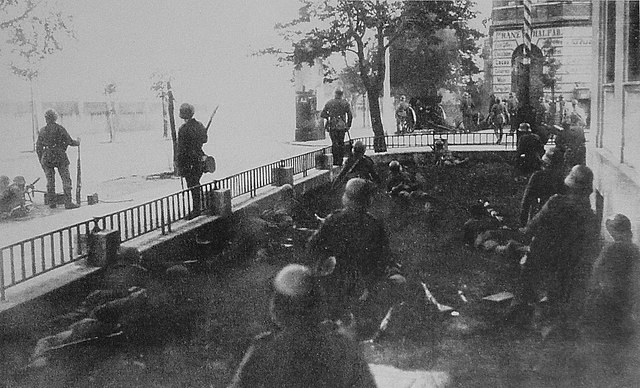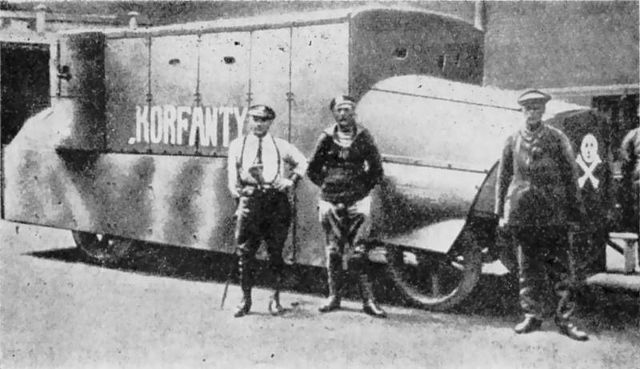The Battle of (the) Annaberg was the biggest battle of the Silesian Uprisings. The battle, which took place between May 21–26, 1921, was fought at the Annaberg, a strategic hill near the village of Annaberg O.S., located southeast of Oppeln (Opole) in Upper Silesia, Weimar Germany. After the hill had been captured by irregular Polish-Silesian units in the Third Silesian Uprising, German Freikorps pushed the Polish forces back. The final border was determined by political and diplomatic efforts.
Góra Świętej Anny (Annaberg) from the south
The Silesian Uprisings were a series of three uprisings from August 1919 to July 1921 in Upper Silesia, which was part of the Weimar Republic at the time. Ethnic Polish and Polish-Silesian insurrectionists, seeking to have the area transferred to the newly founded Polish Republic, fought German police and paramilitary forces which sought to keep the area part of the new German state founded after World War I. Following the conflict, the area was divided between the two countries. The rebellions have subsequently been commemorated in modern Poland as an example of Polish nationalism. Despite central government involvement in the conflict, Polish historiography renders the events as uprisings reflecting the will of ordinary Upper Silesians rather than a war.
Reichswehr forces fighting insurgents in Myslowitz during the First Silesian Uprising.
Silesian insurgents behind a MG 08 machine gun in action along the Oder river
Polish armored car Korfanty in 1920 made by Polish fighters in Woźniak foundry. It was one of the two created, the second was named Walerus – Woźniak.
Opposing the Silesian insurrectionists were the Grenzschutz "border guards" of the Weimar Republic.





